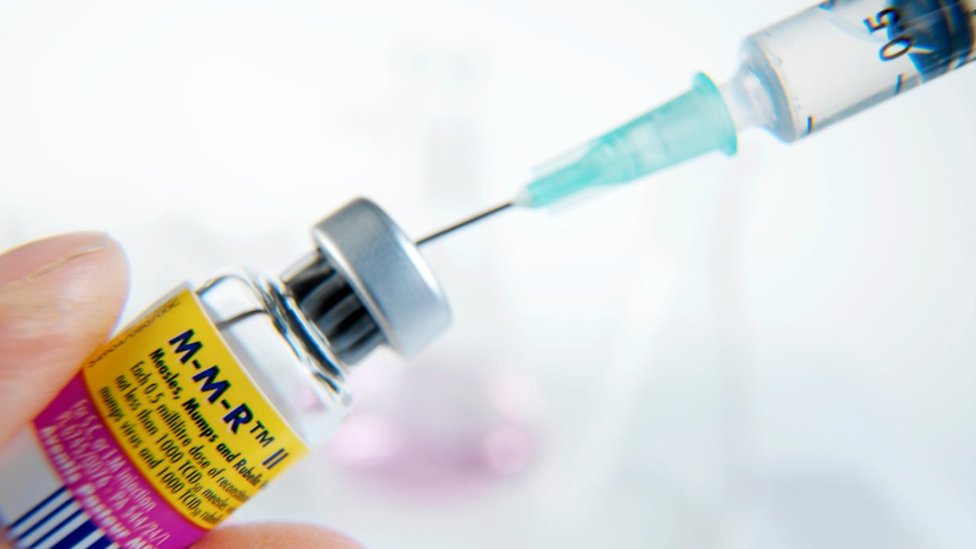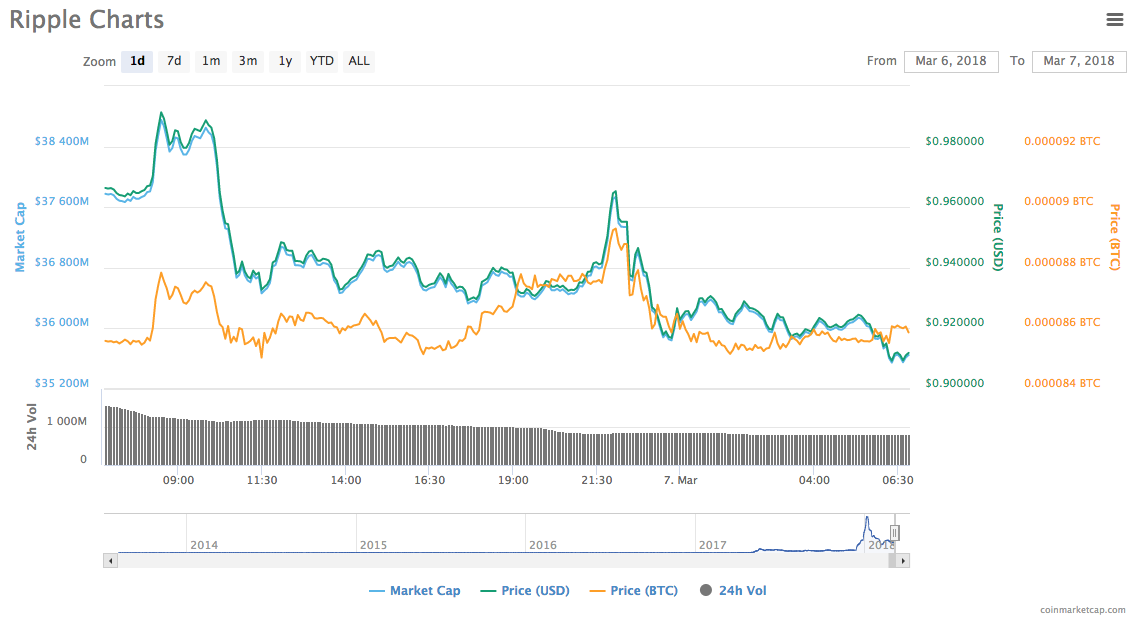Strengthening Vaccine Surveillance: US Responds To Measles Crisis

Table of Contents
Enhanced Data Collection and Reporting for Vaccine Surveillance
Real-time data is crucial for effective vaccine surveillance and response to outbreaks. Without it, we're fighting a battle blindfolded. This section explores several key improvements needed in data collection and reporting.
Real-time Data Tracking
Real-time data on vaccination coverage and disease outbreaks is paramount. Faster data analysis allows for quicker identification of outbreaks and targeted interventions.
- Electronic health records (EHR) integration: Seamlessly integrating EHRs into national disease surveillance systems is essential for real-time data capture.
- Advanced disease surveillance systems: Implementing sophisticated systems capable of analyzing large datasets and identifying patterns can significantly improve early warning capabilities.
- Challenges in data standardization: Inconsistencies in data reporting across states present a significant hurdle. Standardization efforts are crucial for accurate national-level analysis.
Improved Laboratory Capacity
Robust laboratory capacity is the backbone of effective disease surveillance. Rapid and accurate identification of measles cases is crucial for containing outbreaks.
- Enhanced diagnostic testing: Investing in advanced diagnostic tools allows for quicker confirmation of measles cases, enabling prompt isolation and contact tracing.
- Genomic sequencing: Using genomic sequencing to analyze measles viruses helps track the spread of outbreaks and identify potential sources.
- Public health laboratories' role: Strengthening public health laboratories' capacity for testing and data reporting is vital for timely and accurate information dissemination.
Expanding Surveillance Networks
Effective vaccine surveillance requires collaboration between various stakeholders. Expanding and strengthening existing networks will improve reporting of vaccine-preventable diseases.
- Improved communication channels: Establishing clear and efficient communication channels between healthcare providers, schools, and public health agencies is essential.
- Training programs for healthcare workers: Regular training programs for healthcare professionals on recognizing and reporting vaccine-preventable diseases are vital.
- Utilizing community health workers: Engaging community health workers can improve outreach and reporting in underserved communities.
Effective Communication Strategies to Combat Vaccine Hesitancy
Misinformation and vaccine hesitancy pose significant challenges to public health. Effective communication strategies are critical for building trust and increasing vaccination rates.
Targeted Public Health Campaigns
Well-designed public health campaigns can effectively target specific demographics and address vaccine hesitancy concerns.
- Clear and concise messaging: Communication materials must be easily understood and address common concerns about vaccine safety and efficacy.
- Trusted messengers: Leveraging trusted community leaders and healthcare providers to deliver vaccine information builds credibility and trust.
- Addressing misinformation effectively: Proactive strategies to counter misinformation and debunk myths are vital for effective public health communication.
Utilizing Social Media and Digital Platforms
Social media and digital platforms offer powerful tools for disseminating accurate information and engaging the public.
- Engaging online content: Creating engaging and informative social media content can reach a broad audience and counteract misinformation.
- Addressing vaccine myths directly: Addressing vaccine myths and misconceptions directly and transparently is key to building trust and improving vaccination rates.
- Leveraging social media influencers: Partnering with trusted social media influencers can amplify public health messages and reach wider audiences.
Community Engagement and Outreach Programs
Direct engagement with communities is vital for addressing concerns and promoting vaccine uptake.
- Town hall meetings: Organizing town hall meetings provides a platform for open dialogue and addressing community concerns.
- Educational workshops: Workshops can provide accurate information and address specific questions about vaccines.
- Partnerships with community organizations: Collaboration with local organizations builds trust and enhances outreach efforts.
Increasing Vaccination Rates Through Policy and Access
Increasing vaccination rates requires a multi-pronged approach, including strengthening vaccination policies and improving access to vaccines.
Strengthening Vaccination Policies
Vaccination policies play a significant role in promoting public health. Policies like mandatory vaccination laws can increase vaccination rates, though carefully considering exemptions is crucial.
- Mandatory vaccination laws: While effective, mandatory vaccination laws must balance public health needs with individual rights and religious or medical exemptions.
- School vaccination mandates: School vaccination mandates are a powerful tool for increasing childhood vaccination rates, but require careful consideration of exemptions and access issues.
Improving Access to Vaccines
Ensuring equitable access to vaccines for all populations, particularly underserved communities, is essential.
- Vaccine affordability: Addressing vaccine affordability concerns through public health programs and subsidies is crucial.
- Convenient vaccination locations: Increasing the availability of vaccination services through mobile clinics and convenient locations improves access.
- Addressing barriers to access: Identifying and addressing barriers to access for low-income families and other vulnerable populations is essential.
The Role of Public Health Agencies in Strengthening Vaccine Surveillance
Public health agencies play a central role in strengthening vaccine surveillance. Adequate funding and robust collaboration are crucial for their success.
Funding and Resource Allocation
Adequate funding is critical for effective vaccine surveillance programs.
- Investment in data systems: Investing in advanced data systems and technologies is essential for real-time data tracking and analysis.
- Personnel training: Investing in training programs for public health professionals is crucial for building capacity and expertise.
- Community outreach programs: Funding for community outreach programs is essential for building trust and increasing vaccination rates.
Collaboration and Coordination
Effective vaccine surveillance requires strong collaboration between various agencies and stakeholders.
- Inter-agency collaboration: Strong collaboration between local, state, and federal public health agencies is essential for a coordinated response.
- International collaboration: Collaboration with international organizations is crucial for sharing best practices and responding to global outbreaks.
Strengthening Vaccine Surveillance – A Path Forward
In conclusion, strengthening vaccine surveillance in the US requires a multifaceted approach. Enhanced data collection, effective communication strategies, increased vaccination rates, and the active involvement of public health agencies are all crucial for preventing future outbreaks. Improving vaccine surveillance is not merely a public health imperative, but a societal necessity. We must learn from the current crisis and work collaboratively to build a stronger, more resilient system. To learn more about vaccine-preventable diseases and support initiatives to strengthen vaccine surveillance in the US, contact your local health department or visit the CDC website. Let's work together to enhance vaccination efforts and build a healthier future for all.

Featured Posts
-
 The Airbus Tariff And Its Effect On Us Airlines
May 02, 2025
The Airbus Tariff And Its Effect On Us Airlines
May 02, 2025 -
 Fortnite Gets A Helpful Item Shop Upgrade
May 02, 2025
Fortnite Gets A Helpful Item Shop Upgrade
May 02, 2025 -
 Nuclear Litigation Current Cases And Legal Strategies
May 02, 2025
Nuclear Litigation Current Cases And Legal Strategies
May 02, 2025 -
 Macau Casino Revenue Exceeds Forecasts Ahead Of Golden Week Holiday
May 02, 2025
Macau Casino Revenue Exceeds Forecasts Ahead Of Golden Week Holiday
May 02, 2025 -
 Is It Wise To Buy Xrp Ripple While It Remains Below 3
May 02, 2025
Is It Wise To Buy Xrp Ripple While It Remains Below 3
May 02, 2025
Latest Posts
-
 Planning Your Trip To This Country Everything You Need To Know
May 02, 2025
Planning Your Trip To This Country Everything You Need To Know
May 02, 2025 -
 Doctor Who Hiatus Russell T Davies Hints At Show Pause
May 02, 2025
Doctor Who Hiatus Russell T Davies Hints At Show Pause
May 02, 2025 -
 Doctor Whos Future In Doubt Pause Or Cancellation
May 02, 2025
Doctor Whos Future In Doubt Pause Or Cancellation
May 02, 2025 -
 This Country A Travelers Handbook
May 02, 2025
This Country A Travelers Handbook
May 02, 2025 -
 Discover This Country Culture History And Travel
May 02, 2025
Discover This Country Culture History And Travel
May 02, 2025
